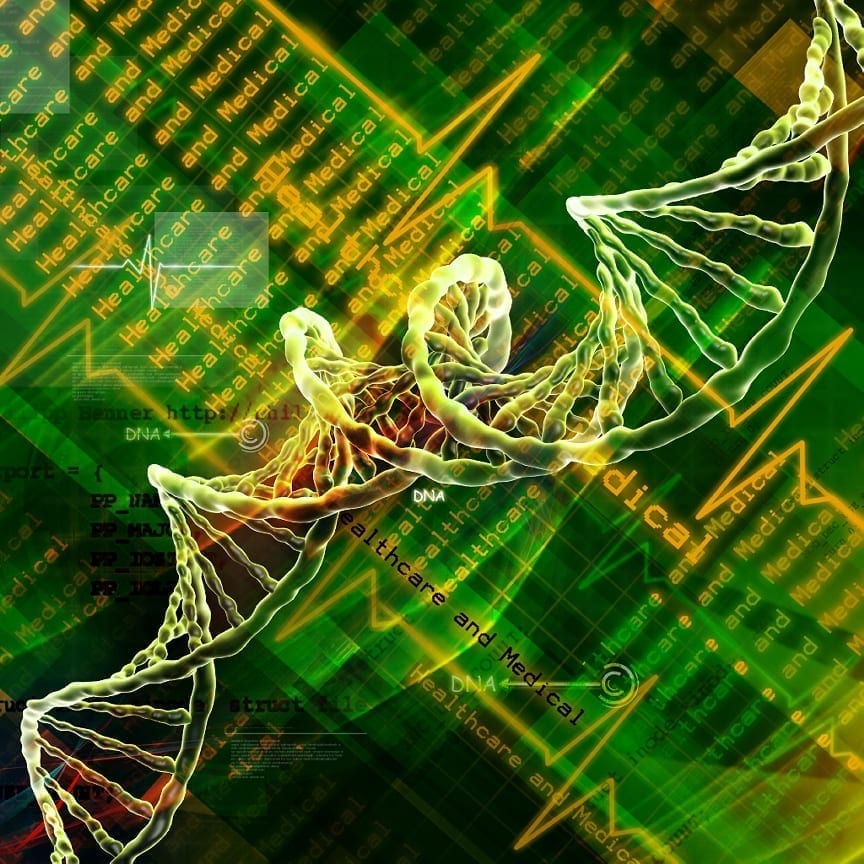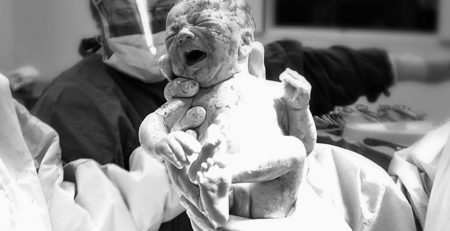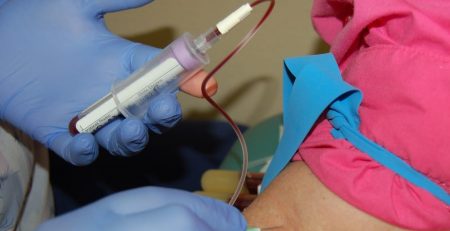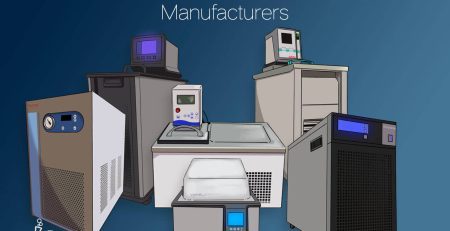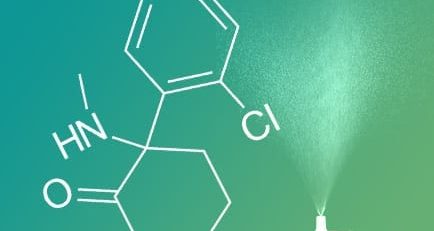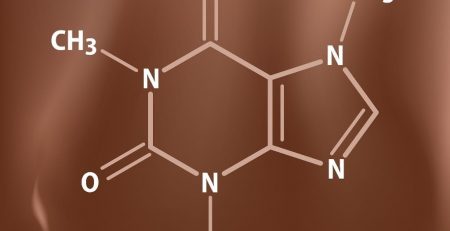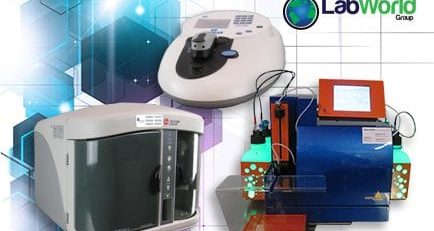Top Ten Science Discoveries of 2013 (7 Through 10)
10. Stem Cell Organ Created:
Using induced pluripotent stem cells, researchers created liver buds that exhibited liver like metabolism. What’s more, when they were implanted into mice, they attached to the mice’s circulatory system. Why is this so amazing? After a normal organ transplant (the kind that we have bee doing for years), individuals need to take immunosuppressant (anti-rejection) drugs. These drugs help prevent a person’s immune system from attacking ( or rejecting) the new organ. In essence, a person’s body will see the transplanted organ as a foreign body and attack the organ because it is a perceived invader. In order to prevent this from happening, people who receive transplants must take anti-rejection drugs for the rest of their lives. However, this could be the first stage of successful human organ transplants that need no anti-rejection drugs (since the organ was built with the patient’s own genes).
9. Human Embryo Cloned:
With an electric shock, a little caffeine, and many trials, scientists created the first cloned human embryo. The researchers removed the nucleus from an embryo and inserted a skin cell nucleus from a 8 month old baby. In the future embryonic stem cells could be used to make replacement organs for any part of the body. In addition to this, scientists believe that human embryonic stem cells could be used to treat all sorts of illnesses, including diabetes, Alzheimer’s, Parkinson’s, and even spinal cord injuries. This is because the cells can morph into any kind of cell in the body. Since their discovery, scientists have been trying to use cloning techniques to make embryonic stem cells (this is because these cells would be a genetic match for patients). With such a close match, the body would not likely reject the cells.
8. Cosmic Rays Come From Supernovas:
The long standing debate over where cosmic rays originate has now largely been settled. Cosmic rays are an assortment of sub-atomic particles that reach Earth travelling at great speeds (sometimes near the speed of light). These fast moving particles continuously bombard the Earth, and they are thought to primarily come from supernovae explosions. The finding is supported by gamma ray signature signals from supernova remnants detected by NASA’s Fermi telescope. Moreover, the findings – based on geological and astronomical data – suggest that nearby supernovae have strongly influenced the development of life over the last 500 million years.
7. Possible HIB Treatment Successful in Rhesus Monkeys:
Three years after treatment, Rhesus monkeys are still SIV free (they are free of the Simian Immuno-deficiency Virus, a virus that is closely related to HIV). Researchers used another virus, cytomegalovirus, to infect CD8 hunter-killer white blood cells, and caused them to destroy monkey cells infected with SIV. A similar technique is hoped to soon be successful in humans. In addition to this, a global HIV-1 mosaic vaccine has afforded partial protection against SHIV in monkeys. Ultimately, this protection is correlated with binding, neutralizing, and nonneutralizing antibodies. This data suggests that this may be used as a strategy toward the development of a global HIV-1 vaccine.




